detail profile arthur rubinstein
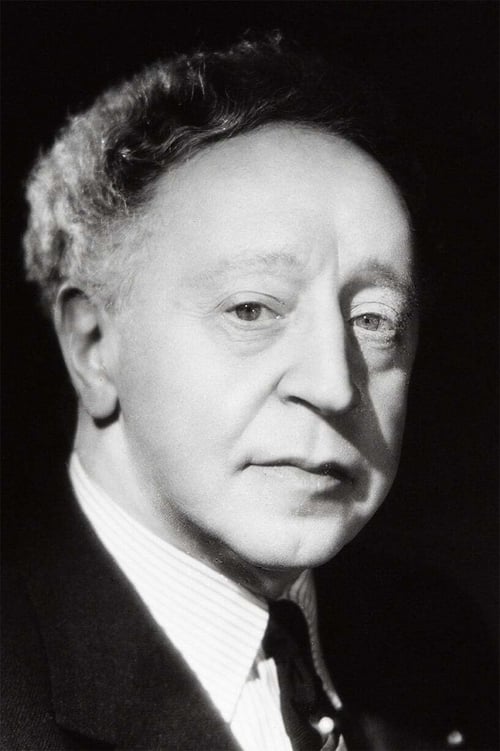
Arthur Rubinstein
Artur Rubinstein
atau dikenal sebagai
Riwayat Hidup
Arthur Rubinstein (Polish: Artur Rubinstein; 28 January 1887 – 20 December 1982) was a Polish-American pianist.
He is widely regarded as one of the greatest pianists of all time.
He received international acclaim for his performances of the music written by a variety of composers and many regard him as one of the greatest Chopin interpreters of his time.
He played in public for eight decades.
Artur Rubinstein was born in Łódź, Congress Poland (part of the Russian Empire for the entire time Rubinstein resided there) on 28 January 1887, to a Jewish family.
He was the youngest of seven children of Felicja Blima Fajga (née Heiman) and Izaak Rubinstein.
His father owned a small textile factory.
Rubinstein's birth name was to be Leo, but his eight-year-old brother claimed that "His name must be Artur.
Since Artur X (a neighbour's son) plays the violin so nicely, the baby may also become a great musician!".
Thus, he was called Artur, although in English-speaking countries, he preferred to be known as Arthur Rubinstein.
His United States impresario Sol Hurok, however, insisted he be billed as Artur, and records were released in the West under both versions of his name.
At age two, Rubinstein demonstrated absolute pitch and a fascination with the piano, watching his elder sister's piano lessons.
By the age of four, he was recognised as a child prodigy.
His father had a predilection for the violin and offered Rubinstein a violin; but Rubinstein rejected it because he thought his instinct was for harmony and polyphony.
The Hungarian violinist Joseph Joachim, on hearing the four-year-old child play the piano, was greatly impressed, telling Arthur's family, "This boy may become a very great musician—he certainly has the talent for it.
.
.
When the time comes for serious study, bring him to me, and I shall be glad to supervise his artistic education.
" On 14 December 1894, seven-year-old Arthur Rubinstein had his debut with pieces by Mozart, Schubert and Mendelssohn.
When he became ten years of age, Rubinstein moved to Berlin to continue his studies, and gave his first performance with the Berlin Philharmonic in 1900, at the age of 13.
Joseph Joachim recommended Karl Heinrich Barth as the boy's piano teacher.
As a student of Barth, Rubinstein inherited a renowned pedagogical lineage: Barth was himself a pupil of Liszt, who had been taught by Czerny, who had in turn been a pupil of Beethoven.
In 1904, Rubinstein moved to Paris to launch his career in earnest, where he met the composers Maurice Ravel and Paul Dukas and the violinist Jacques Thibaud.
He also played Camille Saint-Saëns' Piano Concerto No.
2 in the presence of the composer.
Through the family of Juliusz Wertheim, whose understanding of Chopin's genius inspired Rubinstein, he formed friendships with the violinist Paul Kochanski and composer Karol Szymanowski.
.
.
.
Source: Article "Arthur Rubinstein" from Wikipedia in English, licensed under CC-BY-SA 3.
0.
Info Pribadi
Peran Yang Di Mainkan Arthur Rubinstein
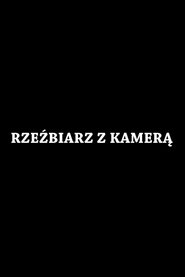 Documentary film based on unique found...
Documentary film based on unique found...Sculptor with a Camera 2018
Documentary film based on unique found footage shot in the 1920s by count August Zamoyski. A valuable insight into Polish artistic life between the world wars.
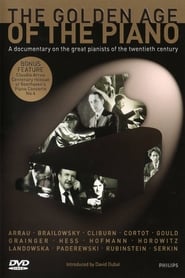 Academician and piano expert David Dubal...
Academician and piano expert David Dubal...The Golden Age of the Piano 1993
Academician and piano expert David Dubal narrates this absorbing documentary chronicling the instrument's history and featuring some of the 20th century's finest pianists via archival film clips. Among the keyboard virtuosos are Vladimir Horowitz, Claudio Arrau, Van Cliburn and Glenn Gould. Extras include Arrau's 1983 performance of Ludwig van Beethoven's Piano Concerto no. 4, accompanied by the Philadelphia Orchestra under maestro Riccardo Muti.
 This program traces Rubinsteins career and...
This program traces Rubinsteins career and...Rubinstein Remembered 1987
This program traces Rubinstein's career and features excerpts from his performances of works by Frederic Chopin, his favorite composer. There are also effervescent Rubinstein reminiscences told as only he could tell them, as well as interviews with his family and colleagues. A 100th anniversary tribute to the famous virtuoso pianist, Arthur Rubinstein.
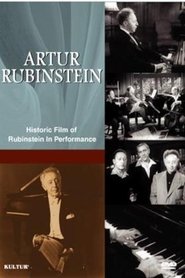 This historic film captures the legendary...
This historic film captures the legendary...Rubinstein: In Performance 1977
This historic film captures the legendary pianist Artur Rubinstein in rare performance film footage. The first portion of the program features Rubinstein playing solo works. The next segment of the program takes us into his home, with the master playing a program of Chopin. The concluding portion of the film is the result of LIFE Magazine's famous photographic story on the great soloists Rubinstein, Jasha Heifetz and Gregor Piatigorsky in rehearsal together. It is an intimate study of genius at work.
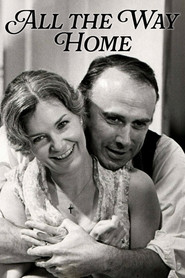 Jay Follet is suffering a midlife...
Jay Follet is suffering a midlife...All the Way Home 1971
Jay Follet is suffering a mid-life crisis while his wife, Mary, is expecting their second child. When Jay takes his family to visit his 103-year-old grandmother, he begins to realize that life is passing by too quickly. He turns more and more toward alcohol to escape from reality. When Jay doesn't come home one night, Mary learns that he was in an accident and waits anxiously for his return. Screen adaptation of Tad Mosel's 1960 Pulitzer Prize-winning play based on James Agee's Pulitzer Prize-winning autobiographical novel A Death in the Family.
 Documentary about PolishAmerican pianist Arthur Rubinstein
Documentary about PolishAmerican pianist Arthur RubinsteinArthur Rubinstein: The Love of Life 1969
Documentary about Polish-American pianist, Arthur Rubinstein.
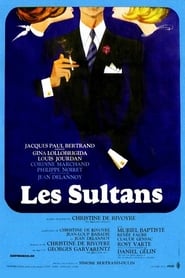 Lisa a fashion photographer has an...
Lisa a fashion photographer has an...The Sultans 1966
Lisa, a fashion photographer, has an affair with a married man. They both know that the relationship forces them to have fun. When he goes through a delicate family situation caused by his daughter's adventure with a much older man, Lisa understands how much she is in love and how little she can expect from him.
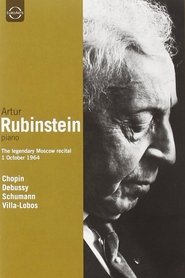 Arthur Rubinsteins 1964 recital in the Great...
Arthur Rubinsteins 1964 recital in the Great...Artur Rubinstein: The Legendary Moscow Recital 1964
Arthur Rubinstein's 1964 recital in the Great Hall of the Moscow Conservatory, filmed and recorded by Soviet television and preserved in its archives, in a program of work of Chopin and — in encores introduced from the stage by Rubinstein — Schumann, Chopin, Debussy, and Villa-Lobos.
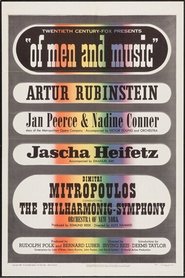 A documentary featuring musicians including Artur...
A documentary featuring musicians including Artur...Of Men and Music 1951
A documentary featuring musicians including Artur Rubinstein, Jan Peerce-Nadine Conner, and Jascha Heifetz.
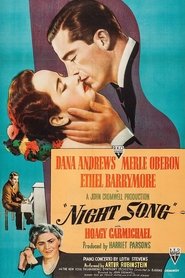 A socialite pretends to be poor...
A socialite pretends to be poor...Night Song 1948
A socialite pretends to be poor and blind in her plan to help a blinded pianist.
 A young Irishwoman comes to the...
A young Irishwoman comes to the...Carnegie Hall 1947
A young Irishwoman comes to the United States to live and work with her mother as a cleaning lady at Carnegie Hall. She becomes attached to the place as the people she meets there gradually shape her life. The film also includes a variety of performances from some of the foremost musical artists of the times: conductors Bruno Walter & Leopold Stokowski, solists Arthur Rubinstein & Jascha Haifetz, singers Lily Pons & Jan Peerce and bandleader Vaughn Monroe among many others.
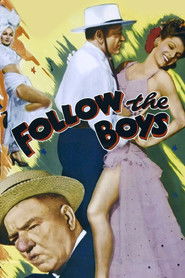 During World War II all the...
During World War II all the...Follow the Boys 1944
During World War II, all the studios put out "all-star" vehicles which featured virtually every star on the lot--often playing themselves--in musical numbers and comedy skits, and were meant as morale-boosters to both the troops overseas and the civilians at home. This was Universal Pictures' effort. It features everyone from Donald O'Connor to the Andrews Sisters to Orson Welles to W.C. Fields to George Raft to Marlene Dietrich, and dozens of other Universal players.
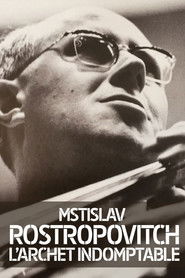
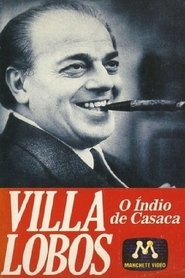
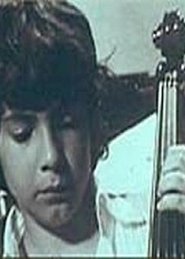 GermanBrazilian production on the life of...
GermanBrazilian production on the life of...